Related Research Articles

A beehive is an enclosed structure in which some honey bee species of the subgenus Apis live and raise their young. Though the word beehive is commonly used to describe the nest of any bee colony, scientific and professional literature distinguishes nest from hive. Nest is used to discuss colonies which house themselves in natural or artificial cavities or are hanging and exposed. Hive is used to describe an artificial/man-made structure to house a honey bee nest. Several species of Apis live in colonies, but for honey production the western honey bee and the eastern honey bee are the main species kept in hives.

Beekeeping is the maintenance of bee colonies, commonly in man-made hives, by humans. Most such bees are honey bees in the genus Apis, but other honey-producing bees such as Melipona stingless bees are also kept. A beekeeper keeps bees in order to collect their honey and other products that the hive produce, to pollinate crops, or to produce bees for sale to other beekeepers. A location where bees are kept is called an apiary or "bee yard".
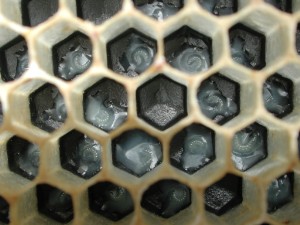
In beekeeping, bee brood or brood refers to the eggs, larvae and pupae of honeybees. The brood of Western honey bees develops within a bee hive. In man-made, removable frame hives, such as Langstroth hives, each frame which is mainly occupied by brood is called a brood frame. Brood frames usually have some pollen and nectar or honey in the upper corners of the frame. The rest of the brood frame cells may be empty or occupied by brood in various developmental stages. During the brood raising season, the bees may reuse the cells from which brood has emerged for additional brood or convert it to honey or pollen storage. Bees show remarkable flexibility in adapting cells to a use best suited for the hive's survival.
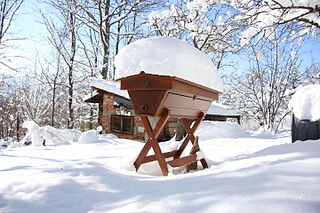
A top-bar hive is a single-story frameless beehive in which the comb hangs from removable bars. The bars form a continuous roof over the comb, whereas the frames in most current hives allow space for bees to move up or down between boxes. Hives that have frames or that use honey chambers in summer but which use similar management principles as regular top-bar hives are sometimes also referred to as top-bar hives. Top-bar hives are rectangular in shape and are typically more than twice as wide as multi-story framed hives commonly found in English speaking countries. Top-bar hives usually include one box only, and allow for beekeeping methods that interfere very little with the colony. While conventional advice often recommends inspecting each colony each week during the warmer months, heavy work when full supers have to be lifted, some beekeepers fully inspect top-bar hives only once a year, and only one comb needs to be lifted at a time.
In modern beekeeping, a Langstroth hive is any vertically modular beehive that has the key features of vertically hung frames, a bottom board with entrance for the bees, boxes containing frames for brood and honey and an inner cover and top cap to provide weather protection. In a Langstroth hive, the bees build honeycomb into frames, which can be moved with ease. The frames are designed to prevent bees from attaching honeycombs where they would either connect adjacent frames, or connect frames to the walls of the hive. The movable frames allow the beekeeper to manage the bees in a way which was formerly impossible.

A hive frame or honey frame is a structural element in a beehive that holds the honeycomb or brood comb within the hive enclosure or box. The hive frame is a key part of the modern movable-comb hive. It can be removed in order to inspect the bees for disease or to extract the excess honey.

Varroa destructor is an external parasitic mite that attacks and feeds on the honey bees Apis cerana and Apis mellifera. The disease caused by the mites is called varroosis.
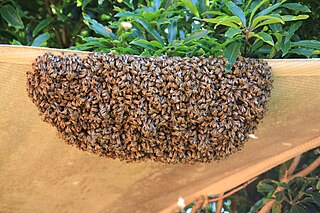
Swarming is a honey bee colony's natural means of reproduction. In the process of swarming, a single colony splits into two or more distinct colonies.

A honey extractor is a mechanical device used in the extraction of honey from honeycombs. A honey extractor extracts the honey from the honey comb without destroying the comb. Extractors work by centrifugal force. A drum or container holds a frame basket which spins, flinging the honey out. With this method the wax comb stays intact within the frame and can be reused by the bees.
Hive management in beekeeping refers to intervention techniques that a beekeeper may perform to ensure hive survival and to maximize hive production. Hive management techniques vary widely depending on the objectives.
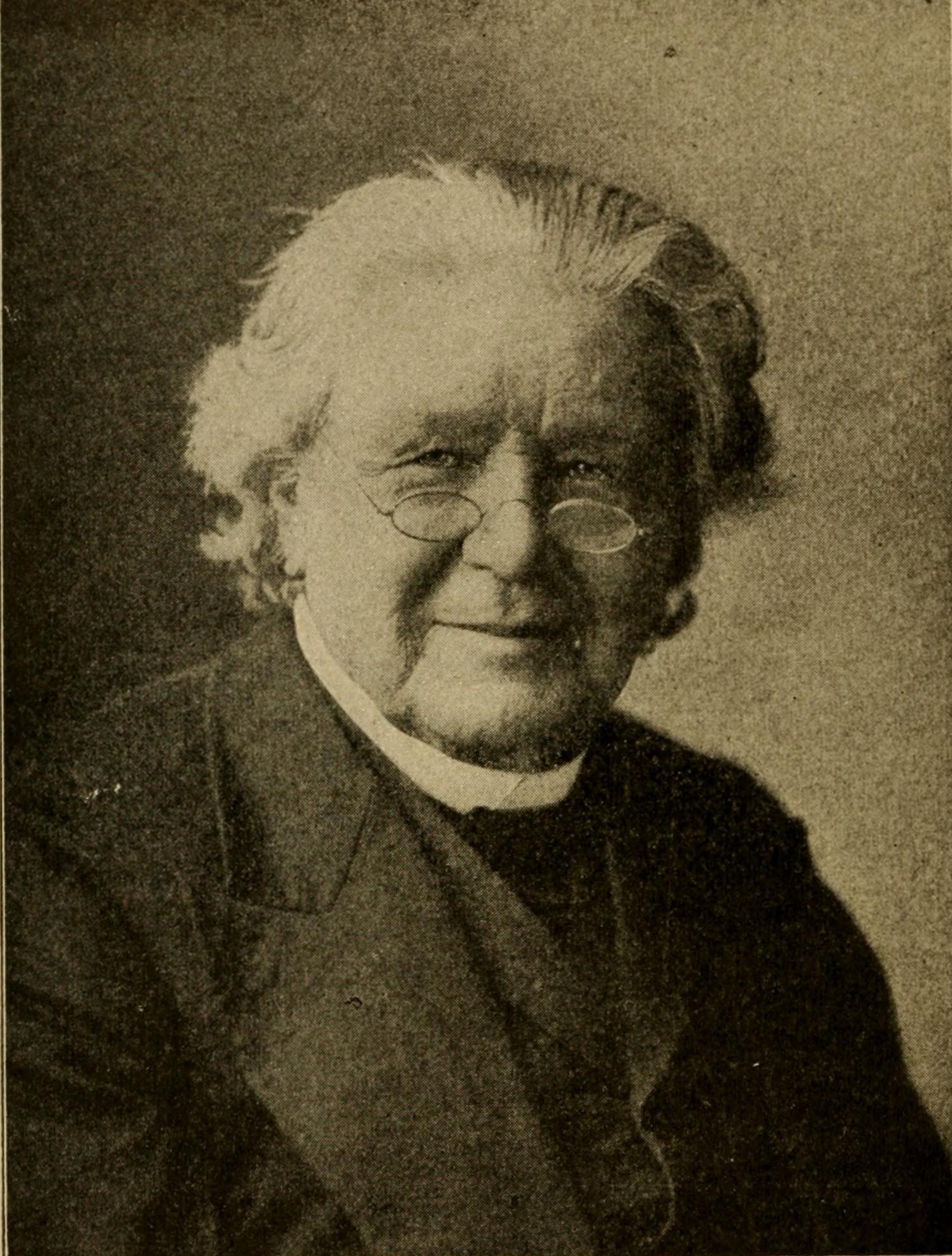
Rev. Lorenzo Lorraine Langstroth was an American apiarist, clergyman and teacher, and considered to be the father of American beekeeping. He created the modern day Langstroth hive.

Petro Prokopovych was a Ukrainian beekeeper, the founder of commercial beekeeping and the inventor of the first movable frame hive. He introduced novelties in traditional beekeeping that allowed great progress in the practice. Among his most important inventions was a hive frame in a separate honey chamber of his beehive. He also invented a crude queen excluder between brood and honey chambers. Petro Prokopovych was also the first to ever model a 'bee beard' after deliminating and calculating 'bee swarm behaviour", inspiring imitators for generations.
In beekeeping, the Demaree method is a swarming prevention method. It was first published by George Demaree (1832–1915) in an article in the American Bee Journal in 1892. Demaree also described a swarm prevention method in 1884, but that was a two-hive system that is unrelated to modern "demareeing".
A Cloake board is a piece of equipment used in beekeeping to facilitate raising queen bees. Invented by New Zealander Henry Cloake, the Cloake board consists of a queen excluder mounted to a wooden frame. The wooden frame contains a slot which allows a "temporary" floor to be inserted.
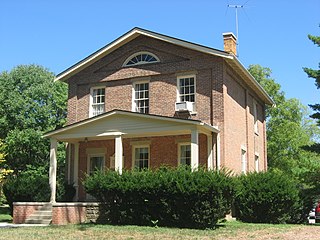
Langstroth Cottage is a historic building on the Western College campus of Miami University in Oxford, Ohio. It was designated a National Historic Landmark on June 22, 1976. The cottage, built in 1856, is now the home for the Oxford office of the Butler County Regional Transit Authority. It was purchased for Beekeeper L. L. Langstroth in 1859, and he lived there for the next 28 years, conducting research and breeding honey bees.

Honey extraction is the central process in beekeeping of removing honey from honeycomb so that it is isolated in a pure liquid form.
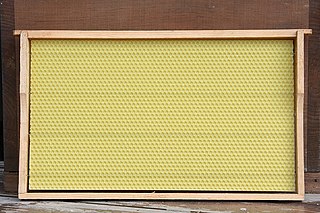
Wax foundation or honeycomb base is a plate made of wax forming the base of one honeycomb. It is used in beekeeping to give the bees a foundation on which they can build the honeycomb. Wax foundation is considered one of the most important inventions in modern beekeeping.

The Improved National Beehive was a form of Langstroth beehive standardized by two British Standards. The same standard contained the specification of the Smith beehive: these two forms represent the most popular designs used in the UK.

Flow Hive is a beehive designed to allow honey to be extracted simply by turning a lever: the hive does not have to be opened and the bees are not disturbed as in normal extraction.

A hive tool is a handheld multipurpose tool used in maintaining and inspecting beehives. Hive tools come in multiple variants and styles, and is intended as an all-in-one tool for beekeepers.
References
- ↑ "Beekeeping/Glossary - Wikibooks, open books for an open world". En.wikibooks.org. Retrieved 28 July 2019.
- ↑ "The Science of Bees - Honey Bee Suite". Honey Bee Suite. Retrieved 29 July 2019.
- ↑ "What is Burr Comb and How to Control it?". Beekeepinginsider.com. Retrieved 28 July 2019.